42 bloodborne pathogens signs and labels
Fun Activities for Safety Training & Compliance - BLR Make safety training more fun with cartoons, puzzles and engaging activities that get workers’ attention and reinforce your safety message. Safety Data Sheet Template | EHS - University of Washington Oct 08, 2018 · Bloodborne Pathogens (BBP) Program; COVID-19 Research Biosafety; Clinical Trials; Institutional Biosafety Committee (IBC) Select Agent Program; Sharps and Lab Glass Waste; Viral Vectors for Gene Transfer; Chemical. Chemical Container Labels; Chemical Exchange; Chemical Hazard Communication (HazCom) Chemical SOPs; Chemical Spills in Laboratories
California Code of Regulations, Title 8, Section 5193. Bloodborne ... (E) Employees responsible for direct patient care. In addition to complying with subsections (c)(1)(B)6. and (c)(1)(B)8., the employer shall solicit input from non-managerial employees responsible for direct patient care who are potentially exposed to injuries from contaminated sharps in the identification, evaluation, and selection of effective engineering and work practice controls, and ...
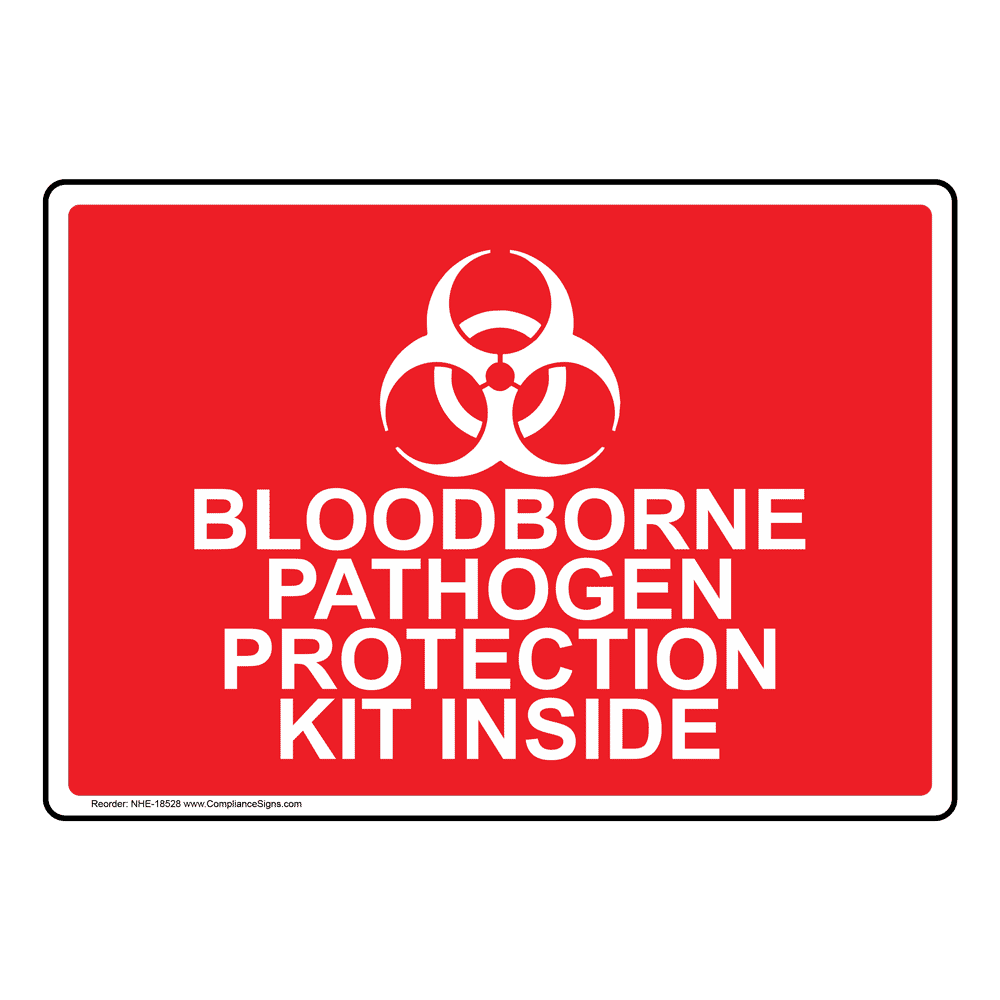
Bloodborne pathogens signs and labels
Laboratory Coats | Environmental Health and Safety - Cornell … In order to protect against accidental spill or contact, lab coats must be worn whenever working in the laboratory or clinical areas, in addition to the appropriate type and size of Personal Protective Equipment (PPE). Bloodborne Pathogens - Occupational Safety and Health … Bloodborne Pathogens Bloodborne pathogens are microorganisms that are transmitted through the bloodstream. The viruses that cause Hepatitis B Virus (HBV) and Human Immuno-deficiency Virus (HIV) are two examples of bloodborne pathogens. For a bloodborne pathogen to be spread, the bodily fluids of an infected person must enter into the bloodstream of another person. The … Training | EHS - University of Washington EH&S Training provides health and safety training courses that meet regulatory and policy requirements and support a culture of safety for the University of Washington. We offer online, classroom, and blended courses, and provide guides to help personnel find classes appropriate for their work.
Bloodborne pathogens signs and labels. Home | Environment, Health and Safety - Cornell University Environment, Health and Safety. 395 Pine Tree Road, Suite 210 Ithaca, NY 14850. Front Desk: (607) 255-8200 Contact EHS Physical Hazards of Machinery & Equipment - Environmental … Safeguards are essential for protecting workers from needless and preventable machinery-related injuries. Mechanical equipment, tools and other machines have the potential to pose hazards to users including pinch points, wrap points, shear points, crush points, pull-in points, and the potential for objects to be thrown from equipment. The point of operation, as well as all OSHA FACTSHEET BLOODBORNE PATHOGENS … to be infectious for bloodborne pathogens). ... • Use labels and signs to communicate hazards. Warning labels must be affixed to containers of regulated waste; containers of contaminated reusable sharps; refrigerators and freezers containing blood or OPIM; other containers used to store, transport, or ship blood or OPIM; contaminated equipment that is being shipped or … Safety Training Materials & Resources – Safety.BLR.com Safety training resources including PowerPoints, audio presentations, tool box talks, meetings, handouts, and quizzes, all complete with trainer’s resources for easy training.
Training | EHS - University of Washington EH&S Training provides health and safety training courses that meet regulatory and policy requirements and support a culture of safety for the University of Washington. We offer online, classroom, and blended courses, and provide guides to help personnel find classes appropriate for their work. Bloodborne Pathogens - Occupational Safety and Health … Bloodborne Pathogens Bloodborne pathogens are microorganisms that are transmitted through the bloodstream. The viruses that cause Hepatitis B Virus (HBV) and Human Immuno-deficiency Virus (HIV) are two examples of bloodborne pathogens. For a bloodborne pathogen to be spread, the bodily fluids of an infected person must enter into the bloodstream of another person. The … Laboratory Coats | Environmental Health and Safety - Cornell … In order to protect against accidental spill or contact, lab coats must be worn whenever working in the laboratory or clinical areas, in addition to the appropriate type and size of Personal Protective Equipment (PPE).



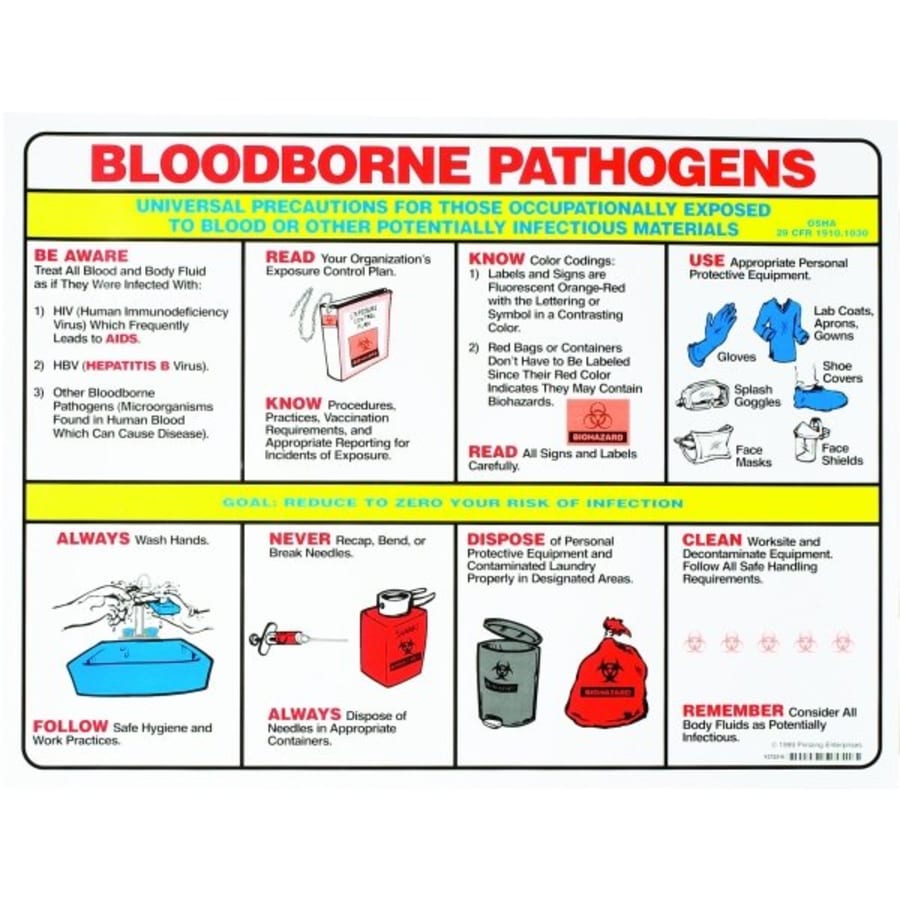
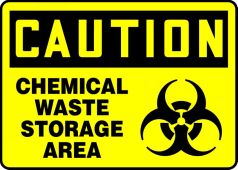


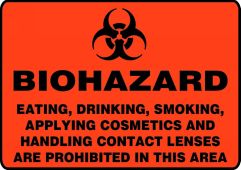





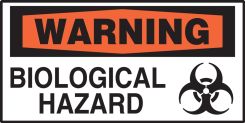
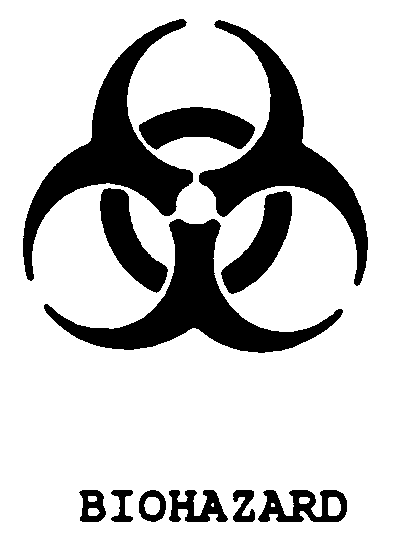


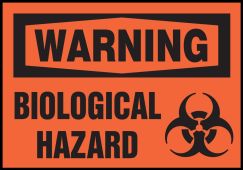
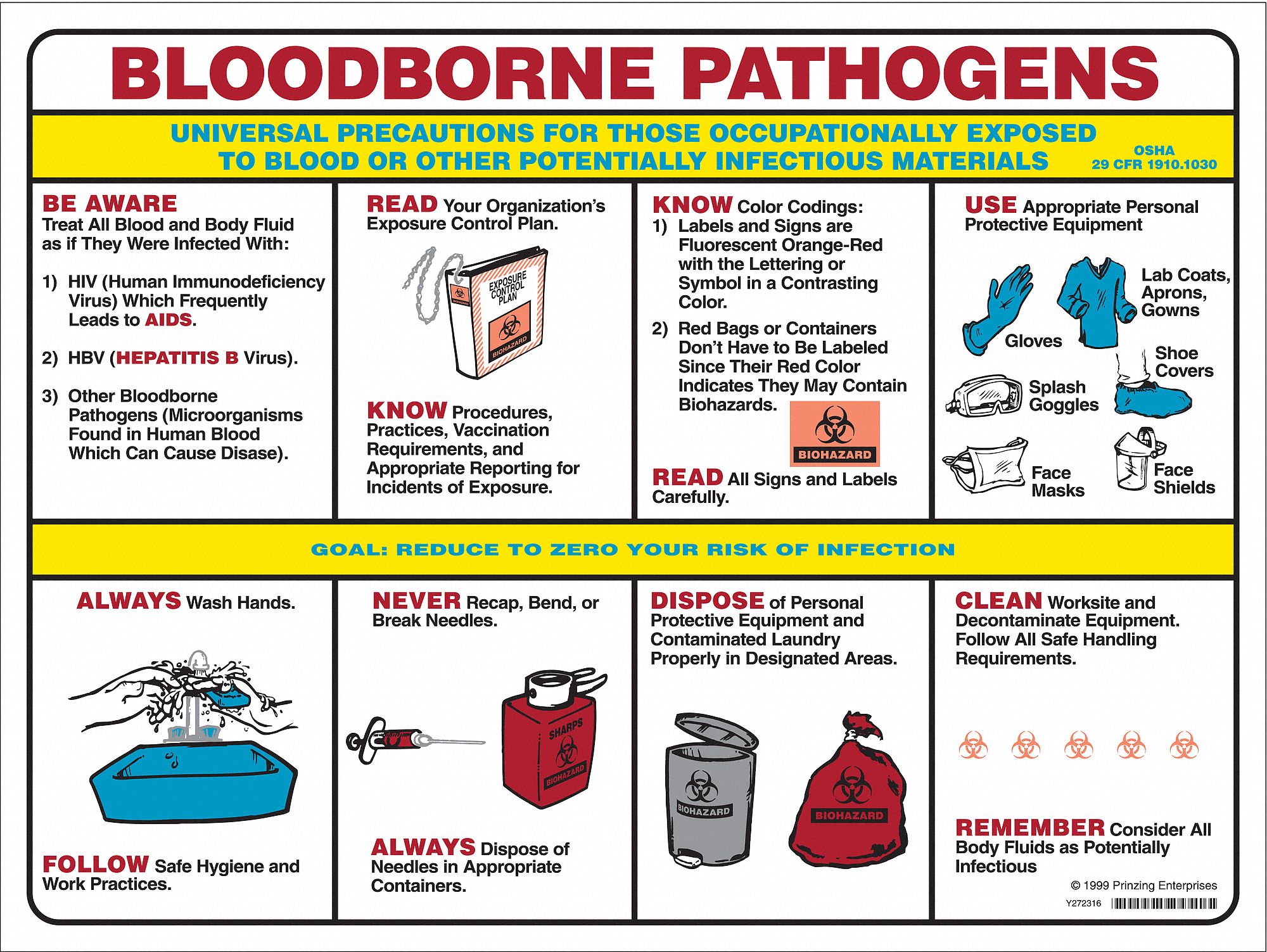
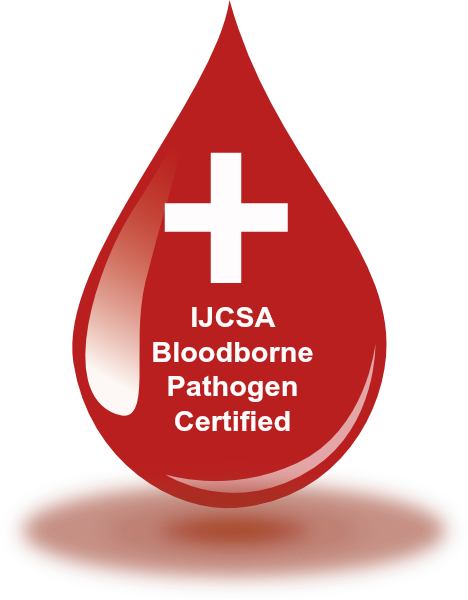

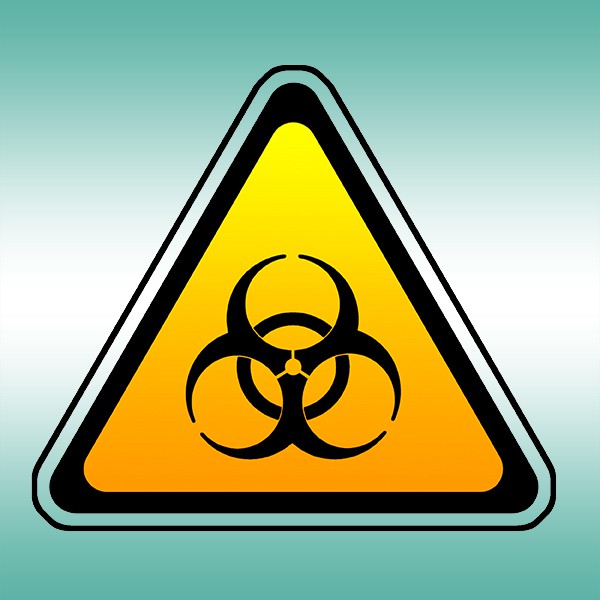
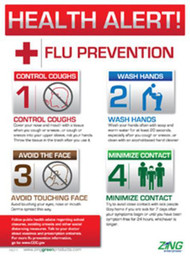


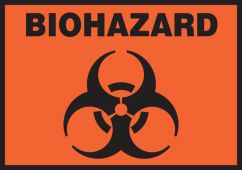
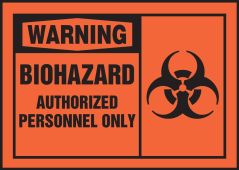





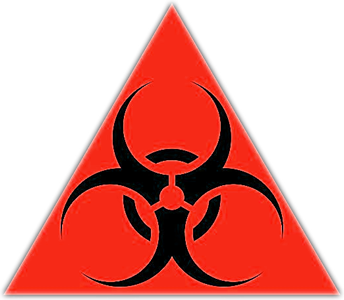

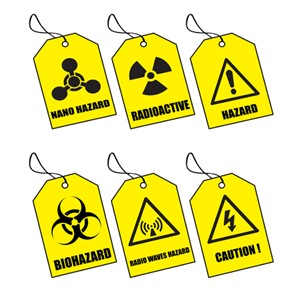

Post a Comment for "42 bloodborne pathogens signs and labels"